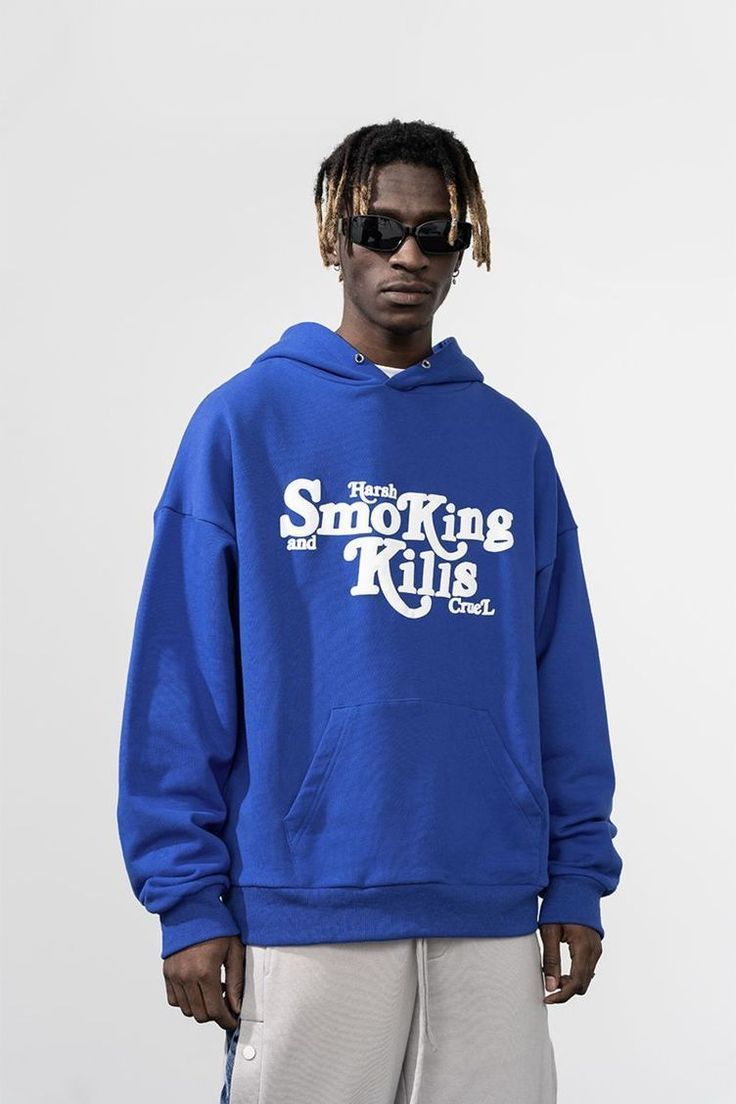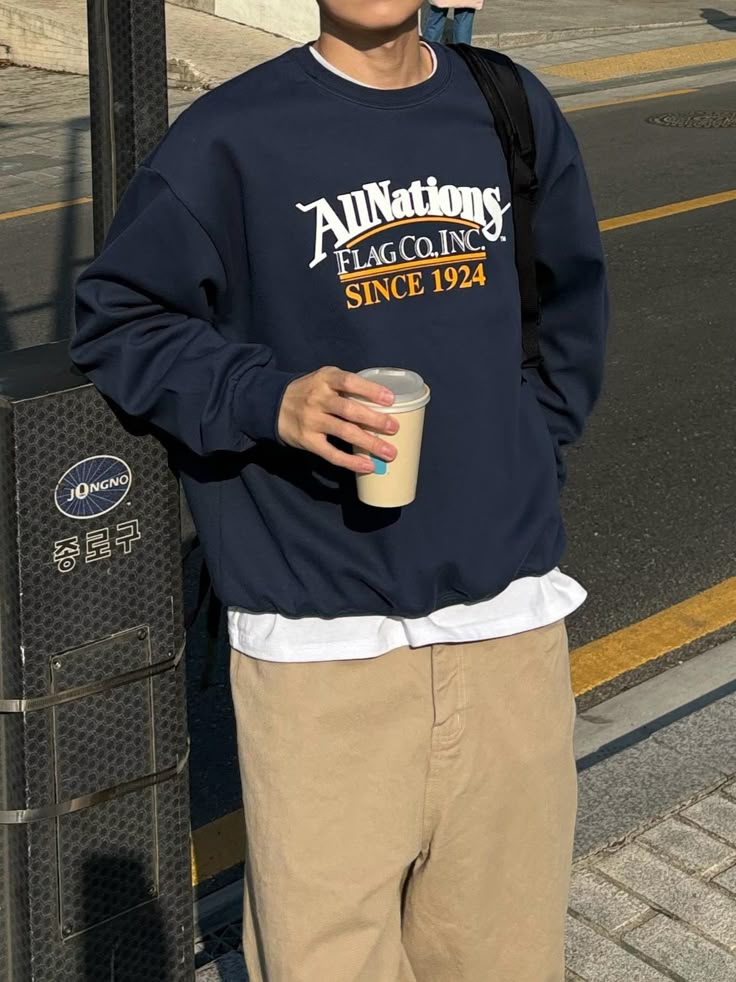Introduction
In 2025, fashion isn’t just stitched from fabrics—it’s coded into our lives. The digital native generation, raised in a world of instant connectivity and immersive technology, is redefining what it means to dress. From augmented reality fittings to AI-generated designs, fashion is no longer confined to the physical world. Instead, it’s an evolving interface where youth creativity, innovation, and identity intersect. “Digital Natives, Digital Styles” explores how Gen Z and Alpha are leveraging technology not only to wear clothing, but to express, experiment, and experience it.
Smart Textiles and Wearable Tech Lead the Charge
The most transformative evolution in youth fashion is happening at the microscopic level—inside the threads themselves. Smart textiles equipped with conductive fibers and sensors are revolutionizing what clothing can do. Jackets that adjust to climate conditions, sneakers that track biometrics, and shirts embedded with touch-responsive panels are just the beginning. For digital natives, wearables are not a novelty; they’re essential tools of self-expression and lifestyle integration. These garments offer not just style, but real-time feedback, enhancing fitness, mental wellness, and environmental awareness.
Virtual Fashion Platforms and AR Integration
Digital wardrobes have migrated from science fiction into daily reality. Augmented Reality (AR) apps allow users to try on outfits virtually, customizing their look before ever making a purchase. Youth-centric platforms like Snapchat and TikTok now integrate fashion filters and AR fitting rooms. Meanwhile, online gaming worlds—like Roblox and Fortnite—serve as playgrounds for avatar fashion, giving users the chance to dress their digital selves in high-concept designs. For many in Gen Z and Gen Alpha, fashion begins online before it ever touches the skin.
NFTs and Blockchain Couture
NFTs have brought scarcity and ownership into the digital fashion realm. Youth consumers are investing in one-of-a-kind digital garments and accessories that exist on the blockchain, combining status, style, and security. Major fashion houses and indie designers alike are creating NFT collections that unlock exclusive benefits—from augmented garments to IRL event access. For this generation, blockchain fashion is about more than digital clout—it’s about creative freedom and the transparency of traceable production.
AI-Designed Fashion and Algorithmic Style
With artificial intelligence pushing the boundaries of creativity, today’s fashion isn’t just designed by humans—it’s co-created with code. Algorithms trained on trend cycles, consumer data, and social behavior now generate hyper-personalized designs tailored to an individual’s preferences, body data, and digital footprint. Youth are interacting directly with AI tools to modify or even design their own clothing, transforming them from consumers into collaborators. The result is a digital style landscape that’s increasingly unique, reactive, and deeply personal.
Sustainability and Digital Consciousness
As climate concerns intensify, youth are turning to digital fashion for sustainable alternatives. Virtual garments leave no material waste, no carbon footprint from shipping, and no textile pollution. Tech-infused fashion also promotes upcycling and modularity—where one garment can be updated digitally or physically transformed with embedded technology. The 2025 youth fashion movement aligns ecological mindfulness with futuristic innovation, crafting a world where digital fashion doesn’t just look good, it does good.
Social Media Influence and Viral Style Cycles
Platforms like TikTok and Instagram remain vital to how youth discover and define style. But in 2025, virality isn’t just about going global—it’s about going niche. Algorithms curate microtrends and hyperlocal style movements that form and fade at lightning speed. Digital natives use their profiles as canvases, layering digital clothing over selfies and live-streamed events. Trends may only last days, but their impact is measured in likes, shares, and virtual street cred. Fashion is less about timeless elegance and more about timely resonance.
Digital Tailoring and Custom Avatars
Customization in 2025 goes far beyond monograms. Youth now tailor outfits digitally for their physical bodies and for avatars in gaming, virtual meetings, and social VR spaces. Digital tailoring uses biometric data to generate perfect fits, while avatar styling represents how users want to be seen in alternate worlds. This dual-dressing model lets youth explore multiple facets of identity—gender, mood, aesthetic—with unprecedented fluidity.
Conclusion
“Digital Natives, Digital Styles” signals a paradigm shift not only in how clothes are made, worn, and sold, but in how fashion serves as a medium of identity in the tech-integrated world of 2025. For the rising generation, clothing isn’t static—it evolves in real-time across platforms and realities. In this bold new world, fashion is immersive, responsive, and deeply interconnected with the digital lives of its wearers. As boundaries blur between physical and virtual, youth lead the charge, proving that the future of fashion is not only wearable—it’s uploadable.



